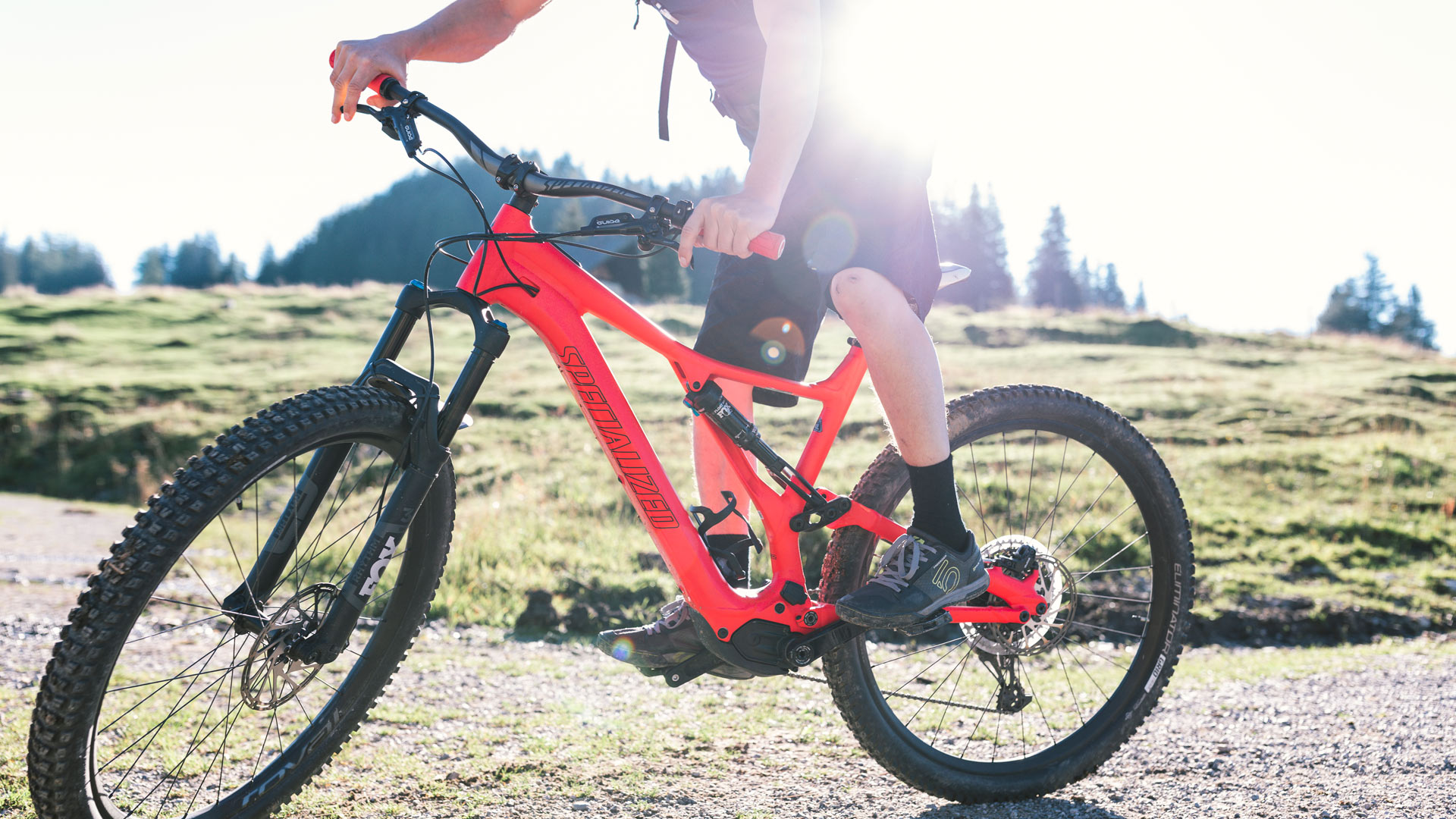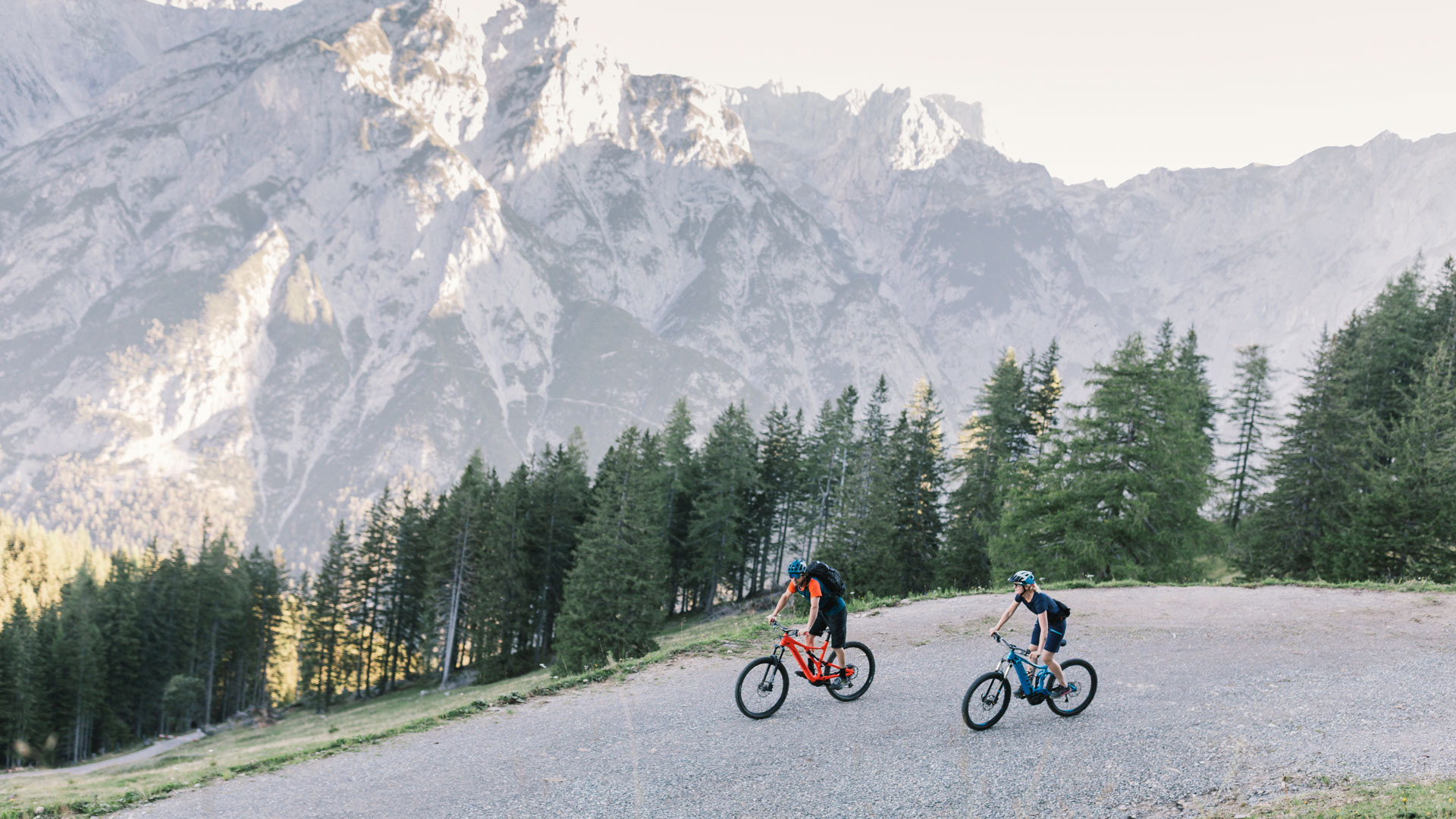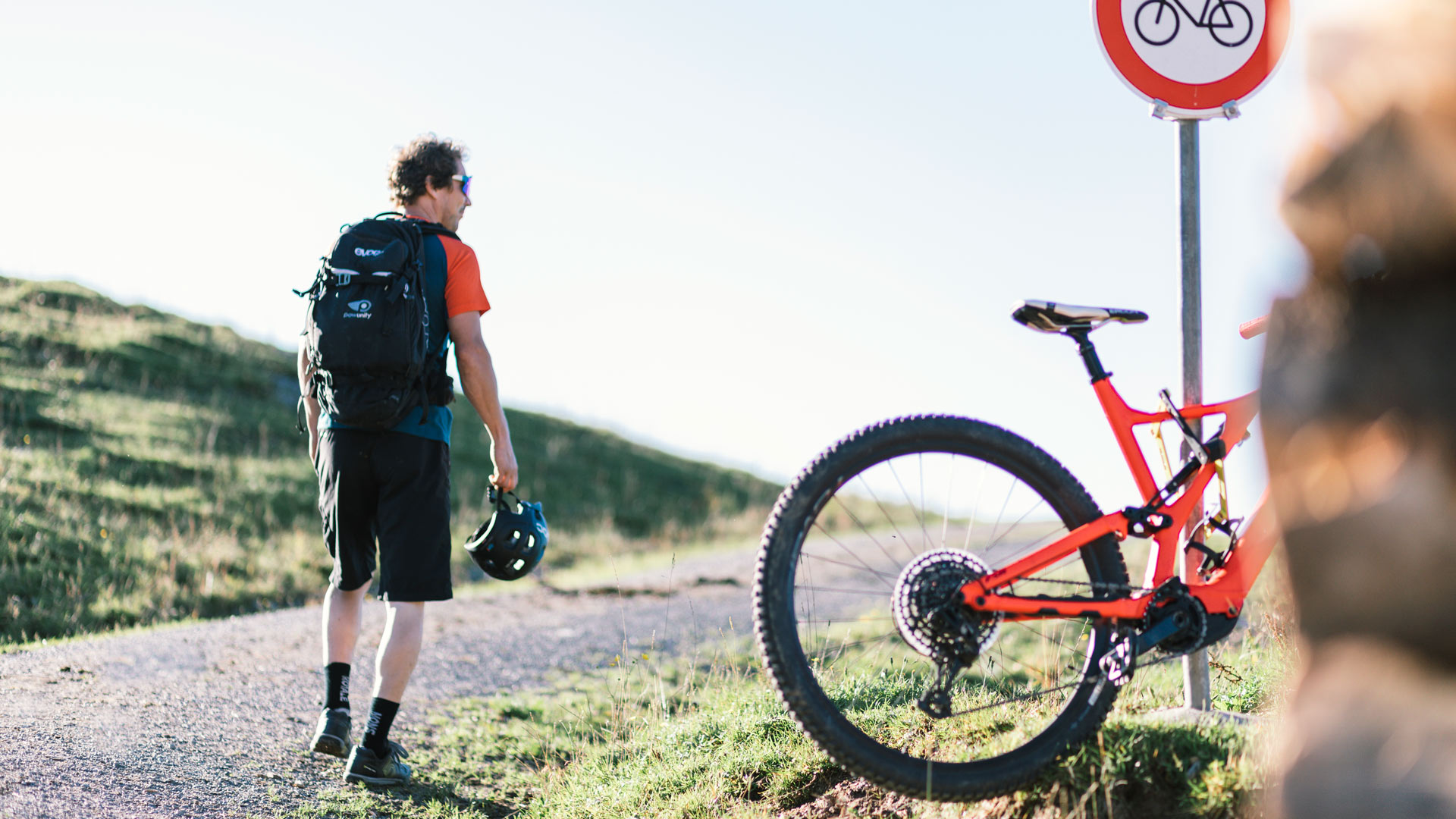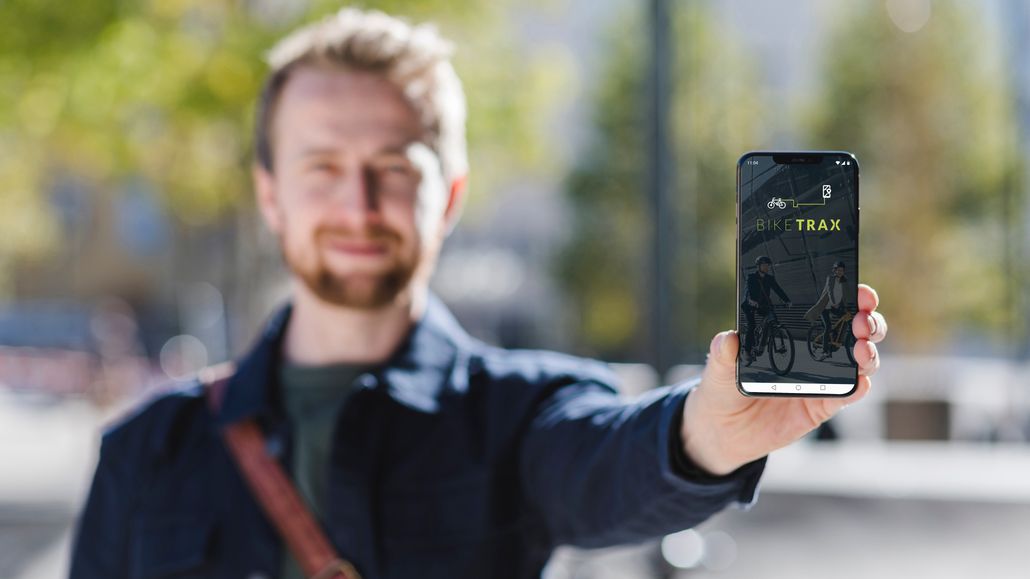- Free shipping from 220€The order of accessories (without BikeTrax) is excluded from the free shipping costs.
PowUnity explains, Top, Topics
Bike crash detection: bike apps can also provide first aid
Inhalt
About crash sensors for e-bikes and bicycles in a nutshell:
- A crash sensor for bicycle or e-bike riders detects when you fall while biking and measures the force of the impact. If the impact is severe, a countdown begins. If you don’t turn off the countdown, the app alerts pre-defined emergency contacts and sends GPS data of the accident location.
- Types of crash sensors: Cycle helmets with integrated fall sensors, solo chips such as the Tocsen crash sensor for sports helmets incl. an app, accident detection by Garmin.
- Theft protection and security with PowUnity app and BikeTrax GPS tracker: With BikeTrax you can monitor the location of your e-bike in real time and share it with friends and family. So you not only have theft protection with an alarm. In the event of an accident, those close to you will know your location.
The risk of falling is part of mountain biking, whether you use a mountain bike with or without a motor. And in most cases, good protective equipment prevents the worst. Sometimes, however, even the best helmet is not enough and quick help is crucial to prevent permanent health damage.
More and more e-bike apps therefore rely on emergency call features in combination with fall sensors that can be attached to a helmet. We will have a look at what that means exactly and whether this smart combination of a sensor and an app actually provides more safety.
Safety features are just one example of the many functions of e-bike apps. To get an overview of what other features modern e-bike apps have, have a look at our article “How to find the best e-bike app for your needs”.
How do crash sensors for e-bikers work?
A crash sensor for bike or e-bike riders usually works as follows:
- The sensor detects when you fall off the bike and measures the intensity of the crash.
- In the event of a severe crash, the corresponding app on your smartphone starts a countdown. This is usually made audible by an alarm sound.
- If you do not switch off the countdown within a certain period of time, the app will send an alert to predefined emergency contacts by live location sharing. Your emergency contact can then pass this on to the emergency services.
And this is to ensure one very important thing: if you are on a bike ride alone and happen to have an accident, you will get professional help as quickly as possible. After all, every second counts in the event of a serious accident.
Different types of crash sensors
Helmets with sensors, solo sensors for retrofitting or smartwatches: you have the choice between different variants of incident detection.
Helmets with crash sensor
Manufacturers such as Alpina or Livall offer bicycle helmets with an integrated crash sensor. The advantage of this variant: You get everything in one and don’t have to install a sensor yourself.
However, there are differences in the operation and quality of the helmet, with the latter being crucial. Because with a good-quality helmet, there is less risk that you will need professional help.
For instance, the POC Kortal Race MIPS ambush helmet does not have a fall sensor, but a chip called “NFC Medical ID”. This provides rescuers at the scene of an accident with information about your pre-existing conditions, allergies or blood group if you can no longer react.
The catch is that many rescue services don’t know about this function. Therefore, it is (currently) less helpful than it sounds at first.
Important note: For the crash sensor on your helmet to work in the event of a fall, the app must be activated and connected to the sensor via Bluetooth. If not connected correctly, a false alarm or even multiple false alarms can occur.
Solo chips: the Tocsen crash sensor
One of the best-known crash sensors for cyclists and e-bikers is the Tocsen crash sensor (which is rechargeable and has up to 3 moths of battery life). Some manufacturers have integrated it into their helmets but you can also buy it separately.
To use the Tocsen sensor, you need to follow these steps:
- Stick the Tocsen crash sensor onto your helmet. Of course, this does not only work with bicycle helmets. The Tocsen sensor or similar models from other brands are also suitable helmets for winter sports.
- Download the Tocsen app to your smartphone.
- Set up an account and save your emergency contacts.
- Activate the app as soon as you start a tour.
A special feature of the Tocsen sensor: in case of an accident, it not only alerts your emergency contacts, but also the “Tocsen rescue community”, i.e. all Tocsen users in your proximity. With a bit of luck, you might get help even faster thanks to this feature.
An alternative to the Tocsen fall sensor is the Cratoni C-Safe. This is also a sensor that you can attach to your helmet. One disadvantage compared to the Tocsen sensor is that there is only a visual countdown with LED display, not an acoustic one.
Important note: To be informed by SMS, your emergency contacts do not have to install the Tocsen app on their smart phone.
Crash detection by Garmin
Some smartwatches from Garmin (but also smartwatches from Apple Watch series) are equipped with fall detection. This works according to a familiar principle, as discussed in various Garmin forums. Devices without LTE service must be connected to your smartphone and the Garmin Connect app via Bluetooth (to function properly and prevent false alerts). Your emergency contacts are then stored in the app in the “head unit”.
With Strava Beacon, you can allow up to three contacts to follow your ride in real time. However, there is no crash sensor and no automatic messages to your emergency contacts.
Safety for your e-bike – the PowUnity app
Your personal safety is one thing, but how do you protect your e-bike? It’s simple: with the PowUnity app and the BikeTrax GPS tracker. With this powerful combination, you will receive an immediate notification on your smartphone in the event of an attempted theft. You can also track your e-bike in real time and report its location to the police directly via the app.
Conclusion: Does an app with a crash detection function make sense?
Especially if you are on a bike ride alone, an accident in rough terrain can quickly become life-threatening. A crash sensor with a corresponding app cannot give you a “complete peace of mind” but can ensure that help arrives quickly, no matter if you are mountain biking or skiing.
It doesn’t really matter whether you use a bike helmet with an integrated sensor or a solo chip, such as the Tocsen fall sensor.
The decisive factor is that the app and sensor function reliably. Then they can even become “lifesavers”. Chips like the “NFC Medical ID” also have a great potential. However, they can only be really helpful if rescue services know about them. Therefore, we currently recommend “classic” crash sensors as well as an e-bike app with emergency call function – and of course the combination of the PowUnity app and the GPS tracker BikeTrax, so that your e-bike is also safe.
Share article!






 Deutsch
Deutsch